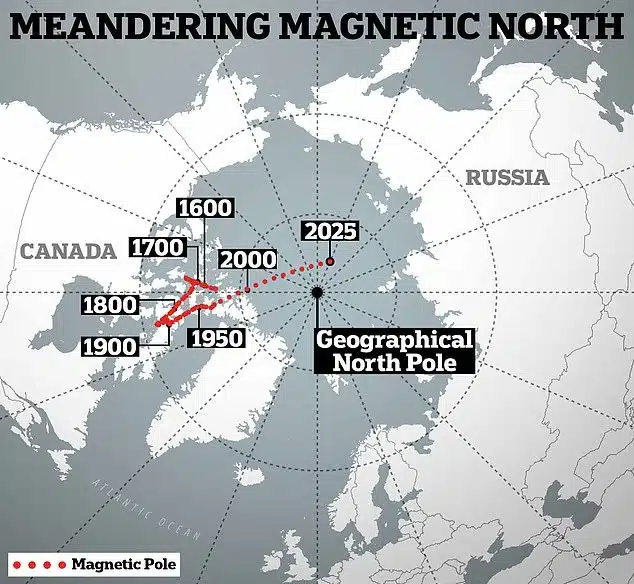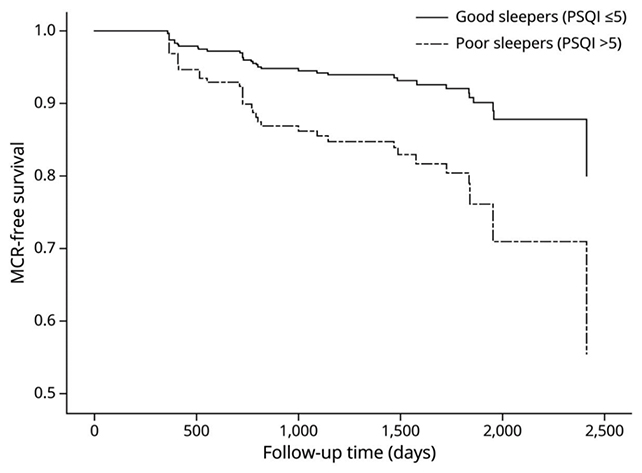A group of scientists in Germany successfully made a time crystal that lasted 40 minutes—10 million times longer than other known crystals—and could endure for even longer.Alex Winter on Innovative Horror Movies Ordinary crystals, which are solids with atoms arranged in a highly organized pattern in macro-scale space, include diamonds, snowflakes, and table salts. Time crystals, on the other hand, are structures with highly ordered patterns (periodicity) in space and time. Time crystals were predicted to have their properties change suddenly at a given time, even without external factors inducing such a change.Thus, time crystals break time-translation symmetry—the idea that a chunk of stable matter will not change (without external factors) if you move it to a different point in time. Time crystals change at their own discretion, regardless of time. You can read more about time crystals here for a better understanding of what they are and why they’re useful.The recent team of physicists managed to create a time crystal that lasted remarkably long: 40 minutes. The crystal is composed of indium gallium arsenide, a combination of indium atoms and gallium arsenide, which is a semiconductor. Their research was published last week in Nature Physics. First proposed in 2012, time crystals have been produced in lab settings since then. Earlier in June 2022, a continuous time crystal was reported in a Bose-Einstein condensate, a supercooled matter that operates in a quantum state, by a team of physicists. However, that time crystal lasted only a few milliseconds. Once again, the recent crystal lasted for 40 minutes, and the team believes it could last even longer.
The new time crystal is in an electron-nuclear spin system. The team excited the material with polarized laser light, polarizing the spins of the nuclei in the system. This caused the indium gallium arsenide to produce oscillations, making it “equivalent to a time crystal,” according to a release from TU Dortmund University.“Based on these results, we can imagine this type of hardware becoming a compact, highly flexible on-chip frequency standard,” the team wrote in their paper. Even though the time crystal wasn’t perfect, there were parts of the material where the team said it “melts,” or loses its special characteristics that render it a time crystal. However, despite this, the researchers stated that they could “safely conclude that the TC lifetime is at least a few hours, perhaps even longer.” In other words, there’s plenty more physics where that came from, so buckle your quantum seatbelt.More: Physicists Got a Quantum Computer to Work by Blasting It With the Fibonacci Sequence
A Time Crystal Survived a Whopping 40 Minutes















